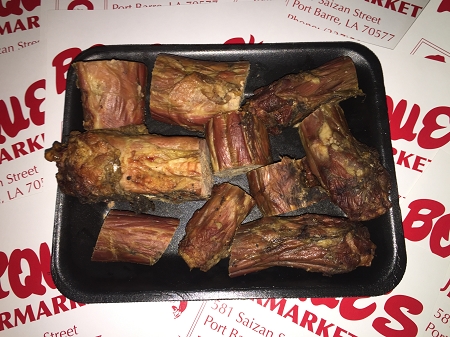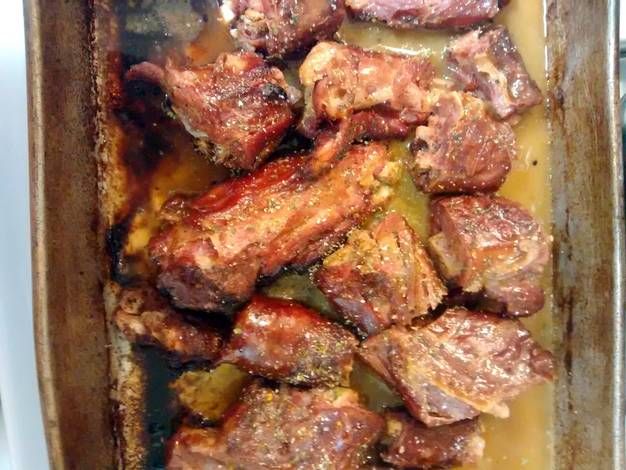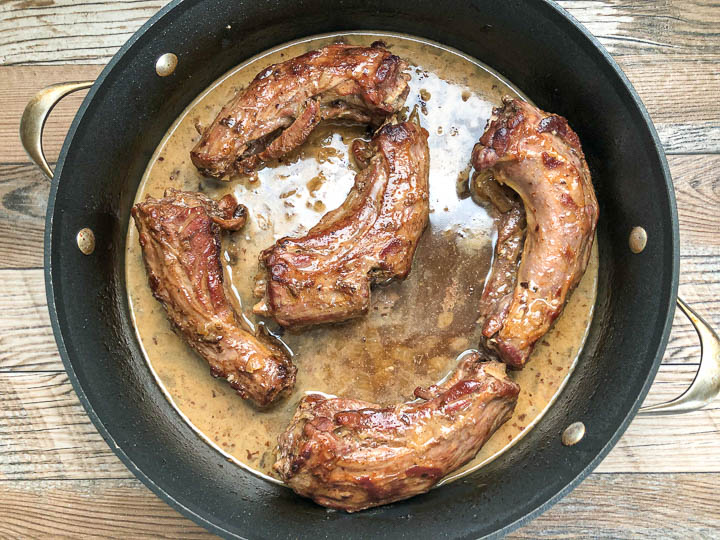Turkey is a popular Thanksgiving and Christmas dish at this period of the year. The majority of us like sharing our holiday dishes with our dogs. We investigate whether or not feeding turkey to cats is safe. Can cats, on the other hand, devour turkey necks? And the answer is yes, but only under certain conditions. This is something we’ll go into in-depth in this article.
Can Cats Eat Turkey?
Giving your cat tiny quantities of turkey from your plate is often safe. There are, however, certain drawbacks.
Turkey is a popular protein for both dry and canned cat food. However, many cats enjoy “food to people.” It’s difficult not to give them a few crumbs of cured meat or maybe a slice of your Turkey dinner.
We’ll explore whether cats can eat turkey, where the majority of turkey originates from, and what sort of turkey is safe to share with your cat further down.
You’ll know you’re providing your cat a safe and nutritious treat in this manner. Whether that’s leftovers from a festive feast or a simple lunch.
Can Cats Eat Turkey Necks?

Turkey is fine to consume for most cats. Turkey is strong in proteins and low in fat, but it is not a nutritional powerhouse and should only be served as a treat. Can cats, on the other hand, devour turkey necks?
This question’s solution is self-evident. If the turkey necks are uncooked, cats may eat them. However, keep an eye on the cats to make sure they don’t get their teeth hooked on the bones. Even though the raw turkey neck bones are the meatiest and the bone is supple enough just to chew without fragmenting, they are the most expensive. This implies it’s already in its most easily digested, ready-to-use natural state.
You may even grind up the entire neck, including the bones. They’re a little too long—maybe 10″—and should be chopped or ground. It’s possible that the blender won’t make it through the procedure. A meat grinder would almost certainly be required.
If the turkey is tiny enough (and the cats are large enough), the bones could be tiny and soft enough just to eat.
Eatable bones give nutrition, and chewing them (if not crushed up) helps to build teeth and jaws.
How To Smash Turkey Necks?

You should not give your cat turkey necks without first crushing them, since this will make it harder for your cat to swallow them. Putting it in a plastic bag and hitting it with a mallet or hammer is the best and easiest way to shatter it. Feel the neck through the bag by slamming it with a lot of strikes. If you try to feel the bones, you will see that they are shattered into fragments. Flip it over and slam it some more if it doesn’t seem smashed enough.
If the neck is against the bag’s edge when you strike, be careful since some bags split apart and the neck falls out.
Where Does Turkey Come From?
The United States produces more than 200 million turkeys and sells more than 500 million pounds of turkey meat, putting this the world’s leading exporter of turkey meat. The leading turkey-producing countries are Minnesota, North Carolina, Arkansas, and Indiana.
Turkey has become more popular as a mainstay in American diets, despite its history as primarily a festival dish in the United States. This is due in part to its new reputation as better, thinner meat.
The fact would be that the health advantages of turkey (vs. beef) differ depending on the hunk of meat. Whenever it comes to purchasing turkey meat, turkey breast has the least saturated fat content and is the leanest choice.
As even more people opt for turkey bacon and turkey burgers, it’s only logical that our feline companions will have more opportunities to eat turkey from time to time.
Is Turkey Good for Cats?

So, we have responded to the question of whether or not cats can eat turkey. Is this meat, however, beneficial to our felines? A few pieces of plain, under-seasoned turkey may be a nutritious treat for your cat in proportion.
Turkey is high in taurine, which is an important component of your cat’s diet. Taurine is a component that aids in the proper operation of a cat’s eyesight, digestion, and cardiovascular system.
Turkey is also high in protein, which is an important component of your cat’s diet. Protein must make up the majority of your cat’s diet.
Is Turkey Bad for Cats?
Is it okay for cats to eat turkey all of the time? Is there ever a time when this meat is unhealthy for cats?
A small amount of turkey may be a completely healthy treat from time to time. However, giving your cat far too much turkey may cause an upset tummy.
It’s also crucial to avoid giving your cat any turkey that has been seasoned. Or as part of a meal that includes less-than-healthy components.
Another thing to remember is that you should give your cat a well-cooked turkey. Because raw turkey can include bacteria like listeria and salmonella, it can make you and your cat sick.
What Cats Cannot Eat Turkey?
Cats on a food exclusion study, which involves feeding a specific diet for six weeks without any additional meals or treats in order to test for allergies.
Before feeding turkey to a cat on a prescription diet, consult your veterinarian since it may worsen some medical problems or reduce the efficacy of the prescribed diet.
Conclusion
So, what’s the verdict on whether cats can eat turkey necks? Turkey necks are safe to consume for your cat.
Although turkey neck bones are likely to be too hard for the cats to chew, pieces of vertebrae might be used as treats. The meat will most likely be chewed away from the bone. We all know that raw turkey necks are healthy for our teeth, but cooked bones should never be fed.
